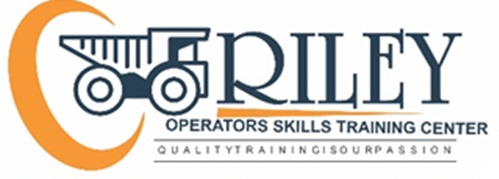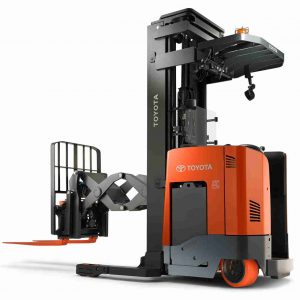REACH TRUCK OPERATOR TRAINING
In this Reach Truck operator training course, you will learn how to inspect all the parts of a reach truck and how to operate a reach truck with the load positioned evenly. Our trainees are also able to identify and classify the load, handle and move the freight while operating this machine in accordance with standards and its performance capabilities. They are also able to monitor the fitness of the reach truck.
By the end of this Reach Truck operator training course, the person will be able to know the following:
How the stability and handling characteristics of a reach truck differ from those of forklifts and automobiles.
What to look for during a pre-operational inspection.
How to lift and move loads safely.
How to properly travel on sloped surfaces.
How to properly lift personnel with approved lifting devices.
What precautions must be taken when working in trailers and railcars.
Operate a reach truck with competency.
What you should know about reach truck training
Reach trucks come in various categories, so different skills and training are required for safe and efficient operation.
Working at Height:
The Racking systems in reach truck operations are different to those encountered by counterbalance forklift operators. With increased racking height comes increased risk so operators must receive training that equips them to operate safely at height, with accuracy, efficiency and an understanding of the specific risks posed by drive-through and drive-in racking systems.
No travelling on inclines because it can pose the biggest risk for reach truck operations. Our trainees must be able to recognise the risks relating to negotiating inclines and demonstrate competence in negotiating inclines with a laden and unladen truck.
The stability and centre of gravity of a reach truck differs to a counterbalance truck because they are designed to reach out towards the racking further than their stabilising legs.
Observe all signs. Be aware of the height of the load. Follow the work site rules and guidelines.
Do not over speed past the speed limit. Take corners and any turns slowly to minimise risk of tipping.
Avoid Hazards such as bumps.
Ensure your load is stable and secure.

